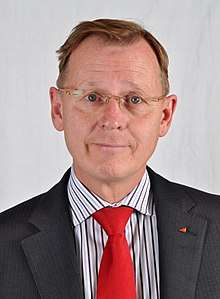Minister-president
A minister-president or minister president is the head of government in a number of European countries or subnational governments with a parliamentary or semi-presidential system of government where he or she presides over the council of ministers. It is an alternative term for prime minister, premier, chief minister, or first minister and very similar to the title of president of the council of ministers.
Terminology
In English-speaking countries, similar institutions may be called premiers or first ministers (typically at the subnational level) or prime ministers (typically at the national level). The plural is sometimes formed by adding an s to minister and sometimes by adding an s to president.
The term is used, for instance, as a translation (calque) of the German word Ministerpräsident,[1]
Austria
From 1867 to 1918, the first minister of the government was known as Ministerpräsident (minister-president), before that Staatskanzler (chancellor of state). Today the head of the Austrian Federal Government is called the Bundeskanzler (federal chancellor), while the head of a state government is called the Landeshauptmann (literally "state captain"), not Ministerpräsident.
Belgium
The term minister-president (Dutch: minister-president, French: ministre-président, German: Ministerpräsident) is also used in Belgium to describe the head of government of a Belgian region or linguistic community, but not the head of the Belgian federal government who is referred to as the prime minister (Dutch: eerste minister, French: premier ministre, German: Premierminister).
According to the Belgian constitution, the federal prime minister is appointed by the king, and approved by the federal parliament with a vote of confidence (in practice the king usually appoints the leader of the winning party as "formateur" to form a government). The federal ministers later swear an oath of allegiance to the king. The ministers-president of the regions and linguistic communities are not appointed by the king, but are directly appointed by their respective parliament. Ministers of the regions and linguistic communities are not required to swear allegiance to the king but simply take an oath in their respective parliament.
See:
Germany
The Minister President is the head of state and government of a German state.
Comparison with other constitutional arrangements
The office roughly corresponds to the governor of a U.S. State or more closely to the Premier of an Australian state or Canadian province (save from the individual decorative monarchies in Australian and Canadian provinces), as the constitutions of all sixteen German states currently stipulate a parliamentary system or more precisely a mixed parliamentary republican system. This is similar to the constitutional order of South Africa. Despite minor differences between the individual state constitutions, the Minister President has both the role of an executive leader (for example appointing and dismissing cabinet members and defining the political guidelines of the cabinet) and the typical powers and functions of a head of state (for example the power to grant pardons on behalf of the state and to perform ceremonial duties). As such, his or her powers and functions are similar to those of an executive president, but in contrast to a presidential system, he or she depends on the confidence of the respective state parliament.
As such, the constitutional position of a Minister President differs from that of the Chancellor of Germany at the federal level, who only holds the role of a chief executive leader, while the typical (more ceremonial) powers and functions of the head of state are performed by the President of Germany.
Terminology in Germany
The seat of the Minister President is called Staatskanzlei (state chancellery) in all non-city-states except Baden-Württemberg, where it is called Staatsministerium (ministry of state).
In the three states of Berlin, Free Hanseatic City of Bremen and Free Hanseatic City of Hamburg the heads of the state and government hold different titles: Governing Mayor of Berlin, President of the Senate and Mayor of Bremen and First Mayor of Hamburg. The complicated title of the head of state of Bremen is due to the fact that he or she is constitutionally at the same time mayor of the city of Bremen (but not mayor of Bremerhaven, which is part of the state of Bremen but has its own mayor and municipal administration). So the title President of the Senate refers to his or her role as head of state and government, while the title Mayor refers to his or her role as a municipal mayor in one of the state's two cities. Their seat is called Senatskanzlei (senate chancellery). Despite this difference in terminology, however, the heads of government of these city-states hold roughly the same power and position as the Ministers President of the other German states.
In most states the deputy of the Minister President holds the title Deputy Minister President, Saxony-Anhalt and Schleswig-Holstein have a higher ranking First Deputy Minister President and a lower ranking Second Deputy Minister President. Berlin has two equally ranking Mayors deputizing for the Governing Mayor, while Bremen has a Mayor deputizing for the President of the Senate and Mayor and Hamburg has a Second Mayor deputizing for the First Mayor.
Heads of government of the States of Germany

Ministers President of the German states are elected by their respective state parliaments and appoint ministers in their respective states (in six states the appointment of ministers is also subject to parliamentary approval), and determine policy guidelines.[2] Along with several of their ministers, they commonly represent their state in the Bundesrat (the German Federal Council). Each state government is represented in the Bundesrat by 3 to 6 delegates, depending on the state's population. By virtue of their position in the Bundesrat, they can exert considerable influence on national politics within the federal structure.
The office of a Minister President is both highly prestigious in its own right and acts as a potential "career springboard" for German politicians. Four out of eight Chancellors of Germany have been head of a state before becoming Chancellor:
- Kurt-Georg Kiesinger, 3rd Minister President of Baden-Württemberg (1958-1966)
- Willy Brandt, 4th Governing Mayor of Berlin (1957-1966)
- Helmut Kohl, 3rd Minister President of Rhineland-Palatinate (1969-1976)
- Gerhard Schröder, 7th Minister President of Lower Saxony (1990-1998)
Three out of twelve Presidents of Germany have been head of a state before becoming President:
- Richard von Weizsäcker, 9th Governing Mayor of Berlin (1981-1984)
- Johannes Rau, 6th Minister President of North Rhine-Westphalia (1978-1998)
- Christian Wulff, 10th Minister President of Lower Saxony (2003-2010)
Many more Ministers President went on to become members of the federal government, EU institutions or associate judges of the Federal Constitutional Court of Germany for example.
There have been six female heads of a German state:
- Heide Simonis, 11th Minister President of Schleswig-Holstein (1993-2005)
- Christine Lieberknecht, 4th Minister President of Thuringia (2009-2014)
- Hannelore Kraft, 10th Minister President of North Rhine-Westphalia (2010-2017)
- Annegret Kramp-Karrenbauer, 7th Minister President of Saarland (2011-2018)
- Malu Dreyer, 8th Minister President of Rhineland-Palatinate (incumbent since 2013)
- Manuela Schwesig, 5th Minister President of Mecklenburg-Vorpommern (incumbent since 2017)
One person has managed to become Minister President of two different states:
- Bernhard Vogel, 4th Minister President of Rhineland-Palatinate (1976-1988) and 2nd Minister President of Thuringia (1992-2003)
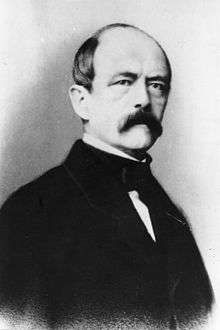
List of current Ministers-President posts
- List of Ministers-President of Baden-Württemberg - includes predecessors in Baden from 1809 and in Württemberg from 1821
- List of Ministers-President of Bavaria - commences 1650
- List of Ministers-President of Brandenburg - 1946-1952 and from 1990
- List of Ministers-President of Hesse - commences 1819
- List of Ministers-President of Lower Saxony - commences 1946
- List of Ministers-President of Mecklenburg-Vorpommern - 1946-1952 and from 1990
- List of Ministers-President of North Rhine-Westphalia - commences 1946
- List of Ministers-President of Rhineland-Palatinate - commences 1946
- List of Ministers-President of the Saarland - commences 1947
- List of Ministers-President of Saxony - 1831-1952 and from 1990
- List of Ministers-President of Saxony-Anhalt - 1945-1952 and from 1990
- List of Ministers-President of Schleswig-Holstein - commences 1946
- List of Ministers-President of Thuringia - 1920-1952 and from 1990
Abolished posts
- List of Ministers-President of Anhalt - 1918-1945
- List of Ministers-President of Brunswick - 1919-1946
- List of Ministers-President of Mecklenburg-Schwerin - 1919-1933
- List of Ministers-President of Mecklenburg-Strelitz - 1919-1933
- List of Ministers-President of Oldenburg - 1918-1946
- Minister President of Prussia - 1702-1945
Hungary
The title of Hungary's head of government in Hungarian is miniszterelnök which literally translated means "minister-president". However, because "prime minister" or "premier" is the more usual title in a parliamentary system for a head of government in English-speaking nations, " miniszterelnök" is almost always translated as "prime minister."
Netherlands
In the Netherlands the prime minister is officially referred to as "minister-president", although the informal term "premier" is also frequently used. His responsibilities are defined in the constitution of 1848 as the "voorzitter van de ministerraad" (chair of the council of ministers). The title of minister-president has been in use since 1945 and officially added to the constitution in 1983.
Norway
In Norway, Vidkun Quisling, head of the collaborationist government from 1942 to 1945 during the German occupation in World War II, held the title of Minister-President (in Norwegian, ministerpresident).
Spain
In Spain, the head of government is known as "presidente del gobierno" or President of the Government but in English, he is more commonly referred to as the prime minister.
.svg.png)
.jpg)

.jpg)

_by_Sandro_Halank.jpg)
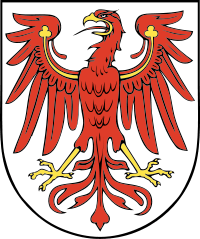
.jpg)

.jpg)
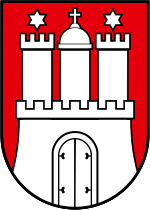
.jpg)

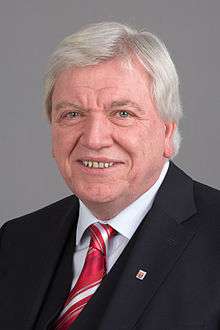
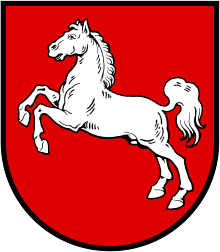
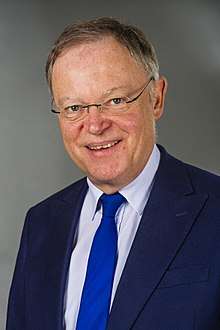
.svg.png)


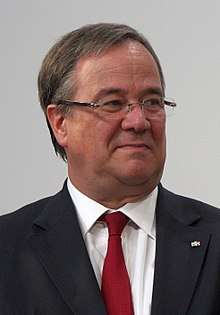
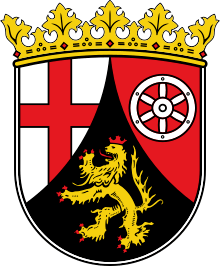

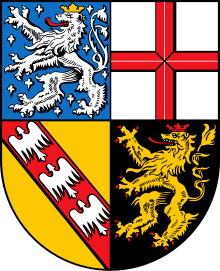

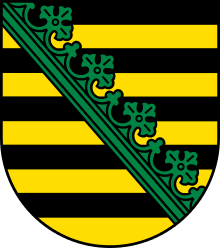
.jpg)
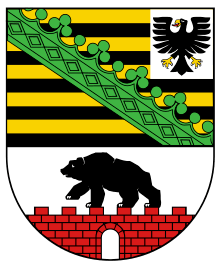
_09.jpg)

.jpg)

